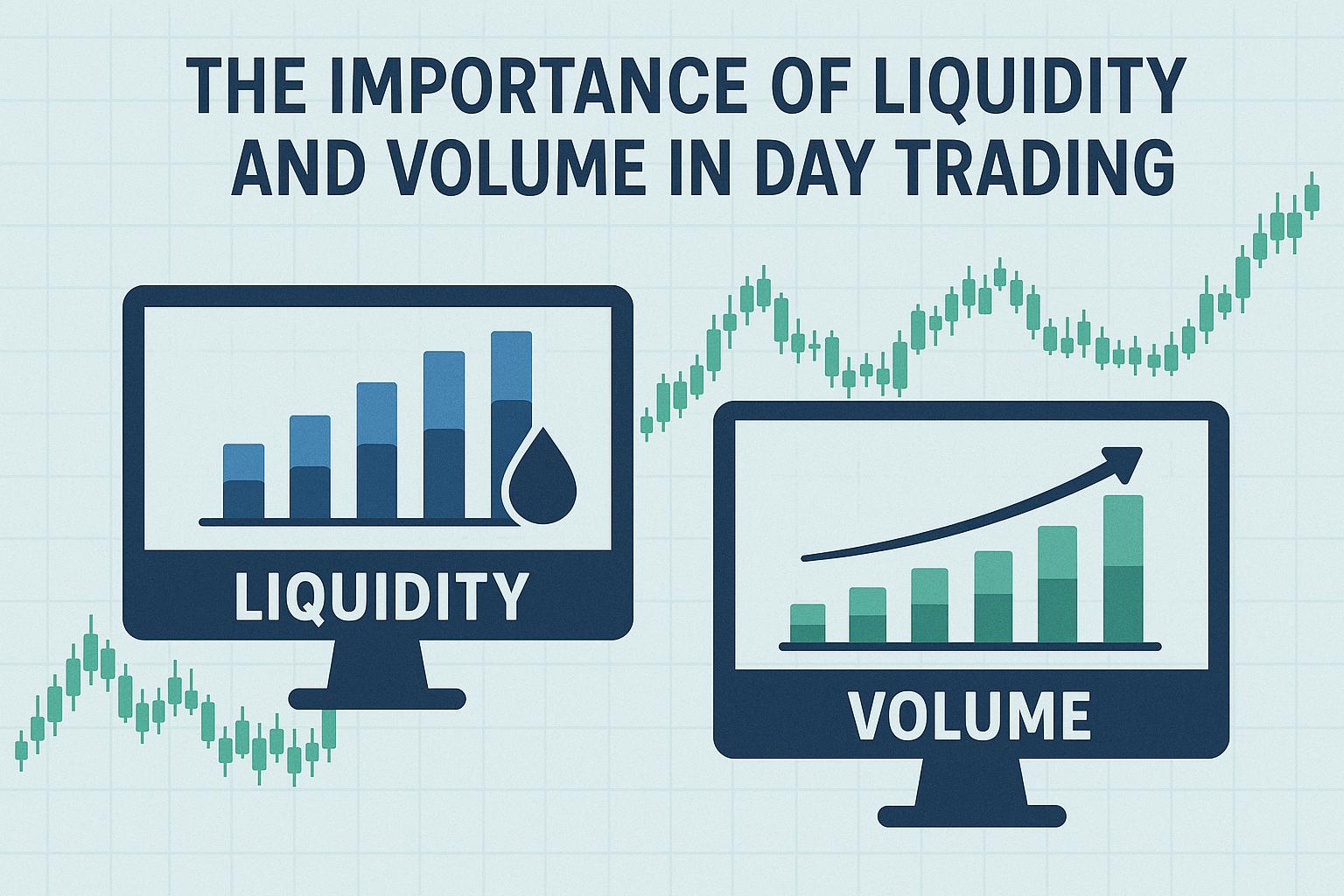The Fundamentals of Liquidity in Day Trading
In the dynamic world of day trading, liquidity plays a crucial role in determining the ease with which assets can be bought or sold without causing a significant impact on their price. High liquidity in a market implies that there are sufficient buyers and sellers at any given time, facilitating swift and efficient trades. This is particularly vital for day traders who require rapid execution of trades to capitalize on short-term price movements.
Liquidity ensures that traders can enter and exit positions swiftly. A lack of liquidity can lead to wider bid-ask spreads, increased trading costs, and potentially greater risk. In markets with high liquidity, prices are more stable, allowing traders to execute orders closer to their intended entry and exit points.
Measuring Liquidity
Liquidity can be measured by observing the trading volume, the bid-ask spread, and the market depth. These metrics offer insights into the ease of trading a specific asset. A higher trading volume generally indicates greater liquidity, while narrower bid-ask spreads reflect a healthier market state.
The Role of Volume in Day Trading
Volume refers to the number of shares or contracts traded in a particular security or market during a given period. It is a key indicator for assessing the strength or weakness of a price trend. High volume often accompanies significant price movements, either upward or downward, signaling the level of interest and activity among traders.
Day traders closely monitor volume as it helps validate price trends. For instance, a rising stock price supported by increasing volume suggests strong buyer interest, while declining volume during a rising price phase might indicate a weakening trend.
The Interaction Between Liquidity and Volume
Liquidity and volume are intertwined aspects of market activity. While liquidity ensures that trades can be executed quickly without dramatic price changes, volume provides a reflection of the market’s interest in a particular asset. A market can only be liquid if there is significant volume; thus, both aspects are crucial for traders who aim to execute trades efficiently.
The correlation between high liquidity and volume often results in reduced trading costs, minimized risk, and improved chances of swift trade execution. Conversely, low liquidity and volume can lead to volatile price swings, posing a challenge for day traders seeking stability.
Analyzing Bid-Ask Spreads
The bid-ask spread is another critical metric for evaluating liquidity. It represents the difference between the highest price a buyer is willing to pay for an asset and the lowest price a seller is willing to accept. A narrower spread typically signifies a more liquid market because it suggests a smaller price difference between buy and sell orders. This often leads to cost-effective trading for day traders, as the transaction expenses are minimized.
Traders need to be aware that a wider bid-ask spread might signal lower liquidity, making it more expensive to enter or exit positions. During periods of market volatility or in less actively traded assets, the spreads may widen, resulting in higher costs for executing trades.
The Significance of Market Depth
Market depth refers to the market’s ability to sustain relatively large buy and sell orders without causing significant price variations. This is an essential aspect for day traders who frequently trade large volumes. A market with substantial depth can accommodate these trades more comfortably, minimizing the risk of slippage—where a trade executes at a price different from the expected level.
For day traders, analyzing market depth can provide insights into the layered structure of orders at various price levels. This information can aid in identifying potential support and resistance levels, allowing traders to make more informed predictions about future price movements.
Strategies for Navigating Different Liquidity Conditions
In the ever-changing landscape of day trading, adapting strategies to current liquidity conditions is crucial. During periods of high liquidity, traders can employ strategies that depend on quick execution and small price increments. Conversely, in low-liquidity environments, which are often characterized by heightened volatility, strategies may need to be adjusted to account for potential price swings and higher execution costs.
Traders can also employ various order types, such as limit orders, to mitigate the risks associated with low liquidity. Limit orders specify the maximum or minimum price at which a trader is willing to buy or sell, protecting against unfavorable price movements.
Conclusion
Understanding the importance of liquidity and volume is essential for successful day trading. High liquidity ensures smooth trade execution, while volume offers insights into market interest, aiding traders in making informed decisions. By monitoring these two elements, day traders can optimize their strategies and enhance their chances of achieving consistent results in the fast-paced trading environment.
Factors like bid-ask spreads and market depth further enrich a trader’s understanding of liquidity, allowing for more precise execution strategies. To navigate the complexities of day trading, it is imperative for traders to continuously analyze liquidity conditions and adjust their approaches accordingly. In doing so, they can better manage risk, reduce costs, and pursue profitable opportunities in a dynamic market.
This article was last updated on: October 17, 2025


